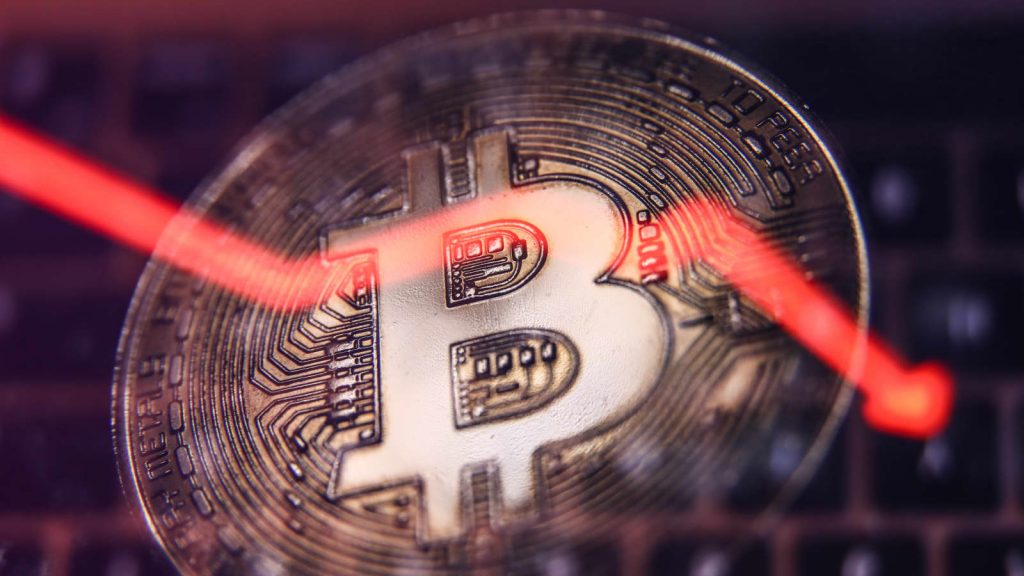As cryptocurrencies are gaining popularity, many crypto investors have joined the crypto world, hoping to profit from digital currencies. But what doesn’t change with the constant growth of the crypto community is the unpredictability of the crypto market. It’s a factor that crypto investors and cryptocurrency exchanges must learn how to deal with.
Not all crypto enthusiasts are optimistic when facing the uncertainty surrounding global markets and crypto-mania. A digital currency is not simple to predict and doesn’t work like fiat currencies and the dollar value, which, no matter the crisis, don’t suffer from such considerable volatility.
The lack of experience, personal interests, and the incapacity to fully predict the fluctuation of digital assets is passing through the cryptocurrency market, generating a phenomenon called FUD. Understanding the impact FUD has on new technologies and the cryptocurrency community, GamerSEO prepared a complete article explaining what FUD is and its effect on crypto markets.

What is FUD
Well, FUD stands for fear, uncertainty, and doubt. It is the action some investors take to propagate negative information about Cryptocurrencies, affecting the investment of others. Fear, Uncertainty, and Doubt is a technical jargon that usually tries to alert others about the inevitable bearish crypto market is about to face and for the full-scale outbreak “about to come.”
Small Investors vs. Personalities: The Impact of FUD On Investments
FUD is a problem because it influences investors to sell their cryptocurrencies before they maturate and valorize. Many ill-intended and newbie investors practice FUD inside cryptocurrency communities.
It has already happened with tokens that became household names in the market, such as Bitcoin, Ethereum, and many other cryptocurrencies. Even though it is unacceptable, small investors’ FUD has a smaller impact on traders, assets, and the market. Even though, commonly, their misleading information also represents a risk for new coins and beginning projects’ prices.
The biggest problem happens when well-known personalities make attacks against the crypto world and its markets. Some examples of important people responsible for FUD are the economist Paul Krugman, Warren Buffet, and, occasionally, Elon Musk. Here are the most common complaints about Bitcoin, crypto, and other technologies of the genre:
- Bitcoin and other coins’ real prices are zero.
- Mining crypto is terrible for the environment and demands too much electricity.
- Governments make them illegal or create laws and regulations that make profiting from them impossible.
- Vulnerability to hackers and cyber attacks against any investor.
- Bitcoin is the biggest Ponzi scheme.
FUD and Lack of investment

When such personalities make that type of comment, they spread fear, uncertainty, and doubt. They have an active voice in such markets, and many people run to sell these assets when they spread FUD. For many, it is better to trade with the asset’s price now than wait for it to rise for a better exchange and risk seeing the same asset lose more and more value.
The problem is that new assets, like any new technologies still in development, will present bugs and issues, which sometimes can make traders fearful. But this uncertainty, added to some recurrent problems, can make potential investors decide to take their investment off.
HODL Effect
FUD causes a significant selling effect in marketplaces. However, there is also the opposite movement, which incentivizes those investing to hold their assets to keep their price while watching the coin vary. The community refers to it as HODL. Initially, it was a miss-spelling of the word HOLD, but now, it already has meaning: “hold on for dear life.”
Hold on for dear life comes from the sentiment and belief of any trader that, after a moment of instability and fall, the specific token price will rise again and that holding it will bring long-term profit as people purchase it again. It is a bold market maneuver, which, in some cases, has already proven to be the right one.

One good example of a moment when a coin started to drop tremendously in the market but recovered its value happened in 2013 when the term HODL first appeared. Bitcoin had a 33% drop in one day, making the world fear it may become worthless.
But some brave investors decided to hold it, spreading the term in forums and communities. It first became a meme, but as the asset recovered from the fall, the advice proved correct, and those who kept it made some great profit.
How Investors React to FUD
Many participants in Telegram channels and cryptocurrency pages in social media react as securities to FUD by reporting comments and kicking well-known FUD spreaders. But it is essential to understand that not all complements and criticism made to projects are FUD. As mentioned, the most significant impact comes from big names in the industry, not anonymous investors.
Conclusions
Dealing with FUD and its effects is even more complicated because some critics of cryptocurrencies and new technologies have a significant influence on their trading and, sometimes, are more interested in a project failure than anything else. The important thing is not to get flustered and shield your mind and expectations against FUD. For that, constantly research before investing and enter only verified projects.
If you want to read more about cryptocurrencies, NFTs, metaverse, and many other exciting things about the crypto world and digital assets, check GamerSEO. Contact us if you need help with content production for your site or blog! We have the solution that will take your business to a new level!

SEO enthusiast and digital marketing strategist. My expertise lies in optimizing websites for organic traffic growth and search engine visibility. I carry out, among others, SEO tests, keyword research and analytical activities using Google Analytics. Privately, he is a lover of mountains and bicycle trips.

